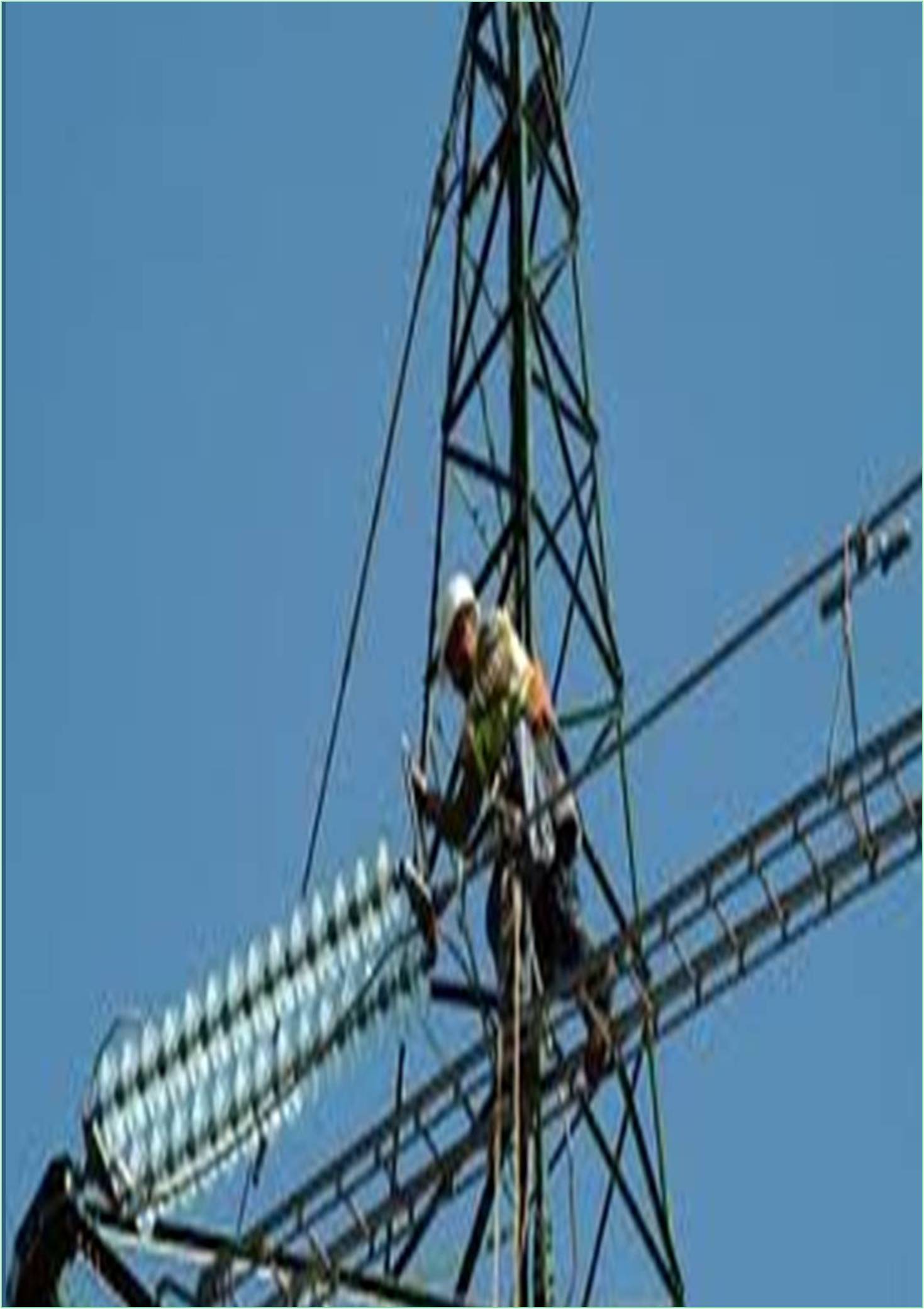



Received: 01-Nov-2022, Manuscript No. GJEEE-23-85687; Editor assigned: 04-Nov-2022, Pre QC No. GJEEE-23-85687(PQ); Reviewed: 18-Nov-2022, QC No. GJEEE-23-85687; Revised: 25-Nov-2022, Manuscript No. GJEEE-23-85687(R); Published: 02-Dec-2022, DOI: 10.15651/GJEEE.22.3.011
Modern deregulation in the energy industry was established primarily due to the long term modernization needs of the energy sector. Today's power supply system "PS" relies, among other things, on the power grid and distribution grid to maintain a balance between the demand and supply of electricity despite fluctuations in energy-generating resources and consumer consumption. To balance, these grids experience predictable periods of low and high demand, resulting in either under- or over production. The term power quality refers to the extent to which the voltage magnitude of electrical energy supplied to consumer’s deviates from acceptable limits set by the Distribution System Operator (DSO) or Transmission System Operator (TSO). ESS has been used for some time to manage the power quality of these grids. The innovation to increase the energy density of ESS is interesting as it promises greater analytical freedom by placing it within the PS supply network where its operational benefits can be maximized. Providing ESS is essential to improve DN efficiency. The purpose of this study is to provide an overview of the optimal locations and sizes to maximize network performance. The full range of battery energy storage systems BESS. Ability to increase voltage support networks with high DG rates. As an added bonus, the proposed method can also improve the voltage profile and correct the power factor for a greener DN. Due to the widespread adoption of distributed Renewable Energy Sources (RES) many studies have demonstrated the effectiveness of BESS in optimal deployment.
Studies on the impact of BESS integration on dynamic frequency response to voltage fluctuations under load conditions suggest that more integrated PSs, in which power is distributed or imported based on the unique load requirements of these systems, significantly improve this response. Improvement to for optimal voltage phase and magnitude correction BESS is the best option. Also, the terminal voltage drop became smaller with increasing his DG penetration, suggesting that the system was more stable in the previous situation. This result holds true for all three load/generation situations, with and without energy storage devices. A storage device can improve system stability and support her DG during periods of high demand. An electrical conversion device connects this ESS to the mains supply. The transient and steady- state stability of the whole system is affected by adding DG/ energy storage to the grid. In addition, today's grid faces challenges such as security and privacy issues, reliability issues, abundant renewable energy, and ever-increasing power demand. The most efficient solution to these problems is to build SGs. SG uses a variety of sensors, devices and terminals to monitor and control power leaks, temperature, vibration, humidity levels, video and more. Built on the Internet of Things, SG helps keep them going. This Internet of Things idea has only recently become a reality with the advent of fifth generation (5G) cellular connectivity. It has made it possible to connect everything from hardware and software to people to entire cities over the Internet. Numerous smart applications have been proposed, all of which have the potential to improve people's lives. Using communication technology and Advanced Metering Infrastructure (AMI), SG monitors the grid and makes adjustments as needed to meet demand fluctuations. All resident SGs share six key characteristics. They are Objects, communication protocols, fog, edge, data analysis based on cloud computing technology, intelligent sensors, low cost and information.
To meet their needs, some power consumers have built small, self-contained DG units over the past five years. Interest in its application is growing. As a result, the generation zone is closer to the load or consumer as shown, evolving as a local power source and becoming more realistic. From as small as a few watts (W) to tens of megawatts (MW), his DG has several advantages over conventional power generation methods. As the benefits of renewable energy deployment are recognized, the number of DG installations and operations is increasing. Given the constraints of building new large-scale power plants and transmission and distribution networks, the conditions are in place for the utilization of this distributed generation in combination with regional DNs.
DG refers to a method of generating electricity on a small scale at or near the point of consumption. Power electronics equipment such as power electronics converters are typically used to connect them to the mains supply. Photovoltaic (PV) cells, wind turbines, fuel cells, and micro turbines are just a few of the RESs currently powering distributed generation systems. These eco-friendly technologies make better use of RES, which are ubiquitous in nature, do not cause pollution, and can be used indefinitely.
DG entities are becoming more popular due to the increasing demand for PS reliability. Environmental concerns, business regulations, and energy policies are all major drivers of this expansion. This widespread interest and acceptance of distributed generation units is primarily due to these considerations. Regarding DG operations and integration into PS networks, utilities, designers, policy makers, engineers, and customers have been concerned about power quality, reliability, stability, and protection. Distributed generation has two main advantages both economically and operationally. DG is cost effective as it helps keep the lights on during peak power consumption periods. Its adaptability in both capacity and facility location further reduces the risks associated with such an investment. DGs reduce operational costs by avoiding the need to upgrade or create new transmissions and DNs because they are closer to the customer load. DG guarantees security and stability of supply and minimizes performance loss from an operational point of view. The technology relies on renewable energy as its primary fuel source and produces very little gas during operation compared to fossil fuel power generation, making it essential for reducing Green House Gas (GHG) emissions. By switching to RES, communities can reduce their dependence on fossil fuel imports and stabilize energy costs amid soaring global prices.